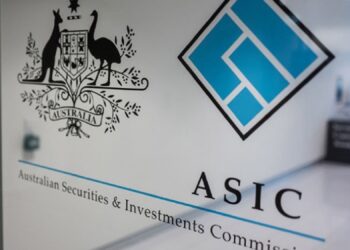Divestment is an easy concept to imagine but it does not necessarily always produce the expected outcomes such as a reduction in carbon emissions or remuneration changes, according to HESTA.
HESTA head of impact, Mary Delahunty, said on an Australian Institute of Superannuation Trustees (AIST) Superannuation Investment Week conference panel that divestment had a place but there was a more nuanced engagement conversation to be had in the middle.
Delahunty said HESTA divested when a risk that could not be mitigated away from had a material risk to the portfolio.
“However, does it remove any carbon from the atmosphere? No. Especially if you look from an ASX-listed company. If we sold shares tomorrow it means somebody else has bought them. What does that achieve? Unless it can change the cost of capital which many of these companies have never come back to the market to raise more capital,” she said.
“Is there a way a super fund can exert influence to change business practices to mitigate the risk. Yes, there is and we’ve seen that with AGL, South32, BHP, and BP. Divestment is easy to say and it’s an easy concept to imagine.”
Delahunty noted one of the harder things to do was to link remuneration on objectives.
“Companies can make announcements but then not reward or incentivise the team to get that done in the right way. Shareholders have an influence over that bit because we can have an influence over the remuneration report and the way it’s presented at a meeting,” she said.
“If you can link remuneration to the outcome you can say to the client: ‘Here are some actions we can take together’. It’s a constructive conversation. It’s not sexy, there’s no hashtag for it but it’s what we’re obligated to do as active owners.”
She said divestment was not always a useful conversation and that investment and superannuation fund professionals needed to figure out other ways to make the change they wanted to see happen.
“You should look at it through members eyes – where is the risk to their retirement outcomes and how can I best exert my influence right now to mitigate that risk. It’s by changing the way companies operate over time to lessen that risk,” Delahunty said.
“If that can’t be done and we believe the risk is material to the portfolio then other actions must be taken.
“You can’t have conversations on the same thing forever and forever, but you also can’t just protest out of this either. There is something in the middle that needs to happen and that’s what we’re intent on doing.”





